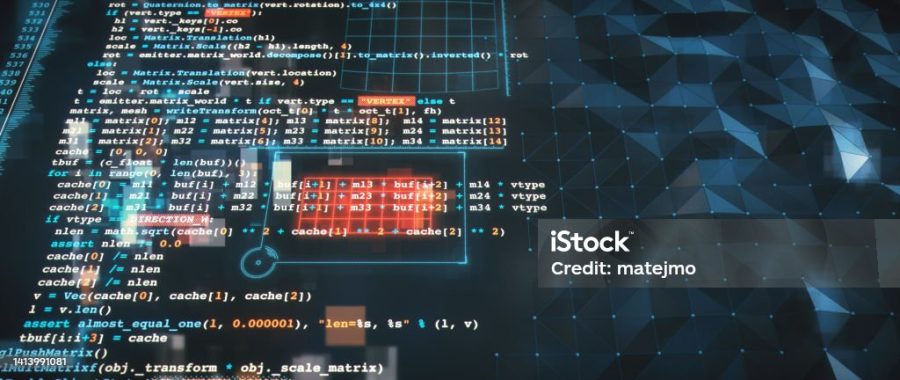Any message, according to Stuart Hall, must first be “encoded” before it can be distributed widely. The process of applying rules to direct “referents” to particular “meanings” is known as encoding. He maintained that before a message can have an impact, meet a need, or be helpful, it must be perceived by the audience as a meaningful discourse and decoded in a meaningful way (Hall, 2016).

By affirming the audience’s dynamic role and the value of popular culture, Hall’s theory subverts the Frankfurt School’s negative audience theory. It does this by arguing that the audience’s feedback is actually the process of reproducing meaning, rather than viewing the public as a passive audience subject to the dictates of industrial culture. The theory of encoding and decoding is crucial to the media process in the rapidly evolving digital age, as well as to the analysis and reconsideration of social concerns (Hsu, 2017).




Decoding in the Digital Age
According to Hall, consumers actively interpret the information they receive in light of their cultural context; they are not passive recipients of meaning.
This cultural context is still growing in the digital age because of the diversity of online communities, subcultures, and connections throughout the world. For instance, the “anti-war” theme and captivating storyline of the well-known Japanese anime Attack on Titan have won over many fans. But as the story progresses and the viewership grows, there are various decodings (Hall, 2007) that 1.Dominant-hegemonic decoding:entails accepting all of the “anti-war” propaganda.
Oppositional decoding: entails thinking that the fundamental thesis of the work is that war is unavoidable. The central thesis of the work argues that the war is inevitable and supports the person who started it. The official “encoding” of digital symbols is the interpretation of an emoticon with varying meanings based on the audience’s diverse “life experiences.” It is clear that information encoding and decoding in the mainstream media affects not just the upper class but also the subaltern classes (Durham and Kellner, 2012).
When a work is viewed by a global audience in the digital age, the distinctions between various locales, historical periods, and cultural backgrounds become readily apparent during the decoding process. All the while, these various “decodings” can spread quickly and take on new meanings thanks to social media platforms.
Limitations of Hall’s theory
Hall emphasized the importance of media information being reproduced by audiences, but he did not go on to discuss how to do so, potential production issues, or moving on to the next stage of the coding process.
Using Attack on Titan as an example, some audience become “poachers of texts” (Jenkins, 2012), and produce fanworks. Decoding and encoding are steps in the process of creating fanworks, then more decoding occurs when fanworks posted on online forums. It is an interesting loop. Consumers decode ads, fans decode works, and the general public decodes news. In the digital age, everyone has a platform to publish “decoded” works and audience reproduction research has grown more intricate.
Reference:
monsitj. (2020). Programming code abstract technology background of software developer and Computer script stock photo [image]. Available from https://www.istockphoto.com/photo/programming-code-abstract-technology-background-of-software-developer-and-computer-gm1224500457-360073975?phrase=encoded [Accessed 12 July 2020].
aislan13. (2019). Digital city stock photo [image]. Available from https://www.istockphoto.com/photo/digital-city-gm1137271252-303208965?phrase=Encoding+and+decoding+in+the+digital+age [Accessed 21 March 2019].
Durham, M.G. and Kellner, D. (2012) , Encoding/Decoding, in Media and Cultural Studies: Keyworks. Oxford: Wiley-Blackwell, pp. 163–173.
Hall, S. (2006). New ethnicities. In Stuart Hall (pp. 453-462). Routledge.
Hall, S. (2007). Encoding and decoding in the television discourse. In CCCS selected working papers (pp. 402-414). Routledge.
Hsu, H. (2017) Stuart Hall and the rise of Cultural Studies, The New Yorker. Available at https://www.newyorker.com/books/page-turner/stuart-hall-and-the-rise-of-cultural-studies (Accessed 21 November 2023).
Jenkins, H. (2012). Textual poachers: Television fans and participatory culture. Routledge


Hi,
I think you did amazing at explaining Halls ideas of encoding and decoding and linking them to the Digital age that was really helpful as it allowed me personally to see how encoding, decoding are used in this period of time and also really like how you added limitations so an opposing side. The presentation is really creative as a reader it made me want to read on. One thing i would say is maybe you can add a few examples of encoding and decoding how they are used in other way? Is it only seen in Digital Age?
Other than that it was helpful.
Thank you